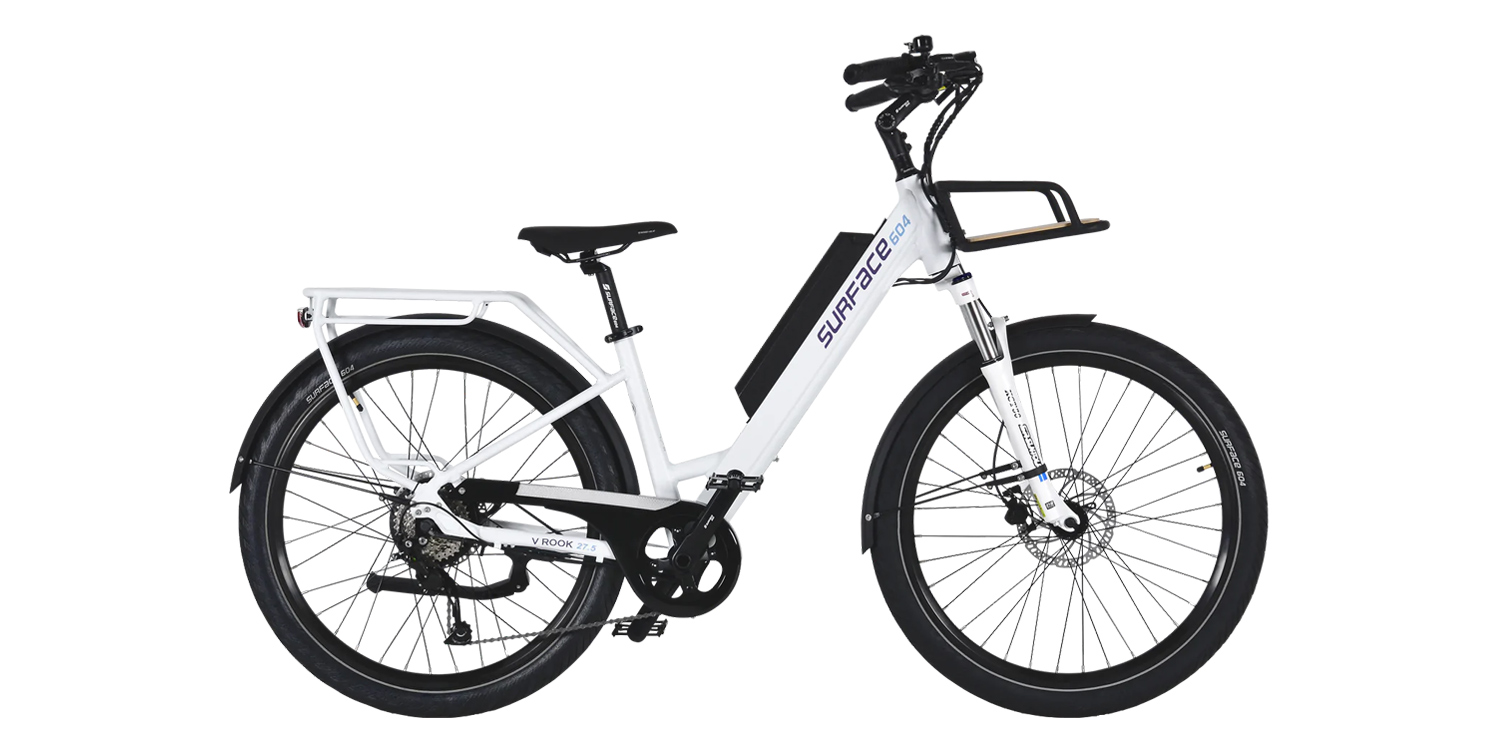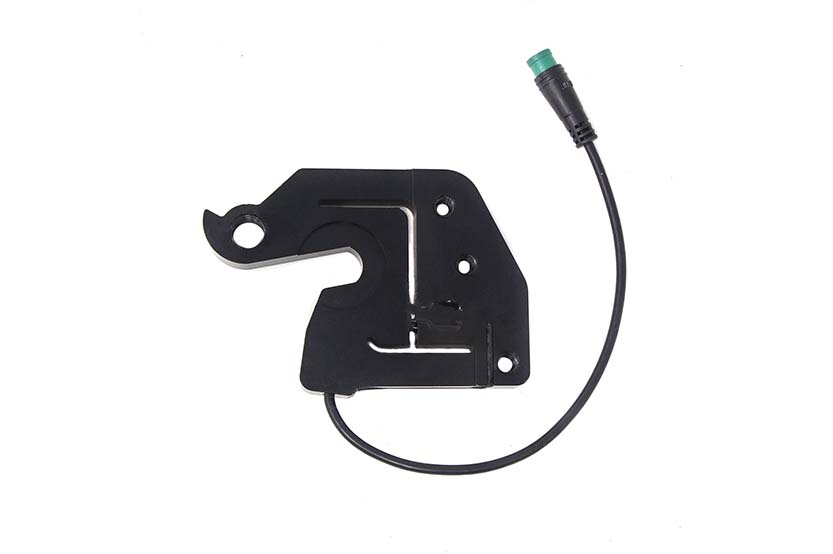mschwett
Well-Known Member
- Region
- USA
Regarding "cadence sensing". For what it's worth, any system I've messed with have had cadence sensors that only tell the controller the crank is moving, that's it. They DO NOT tell it anything else. Nothing I've messed with anyway. Anything that has to do with speed is measured by a speed sensor. I've never seen, or heard of anything that would do both (sense crank movement AND measure how fast it's turning). -Al
that’s strange! the “cadence“ sensors on my bikes have always fed an actual numeric value to the head unit. otherwise the data logged is not of much use. i guess (some) eBike/kit manufacturers saved a few pennies by simplifying the sensor?


